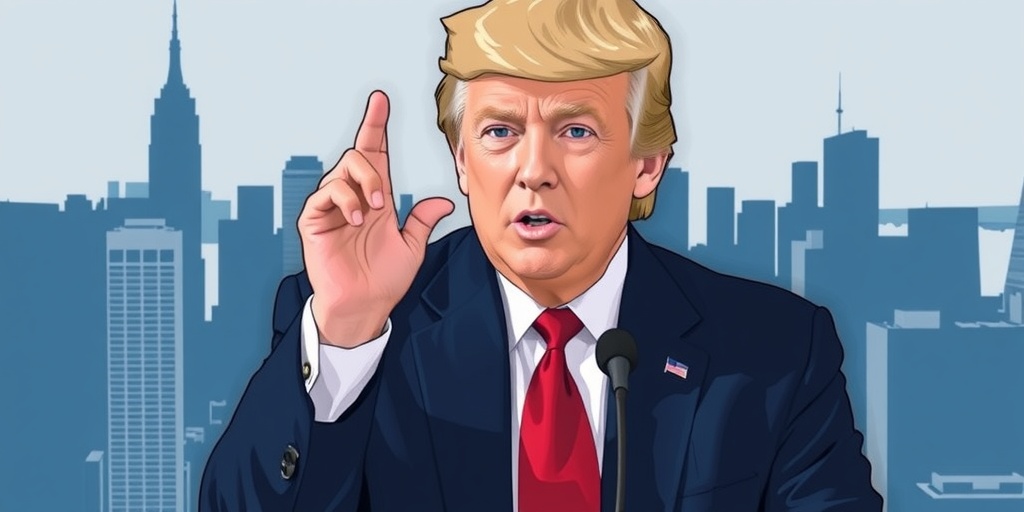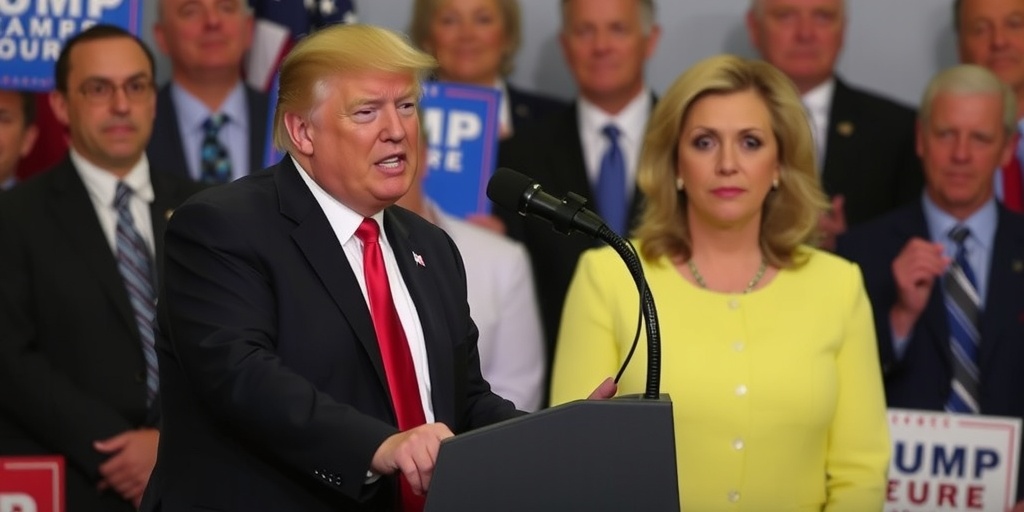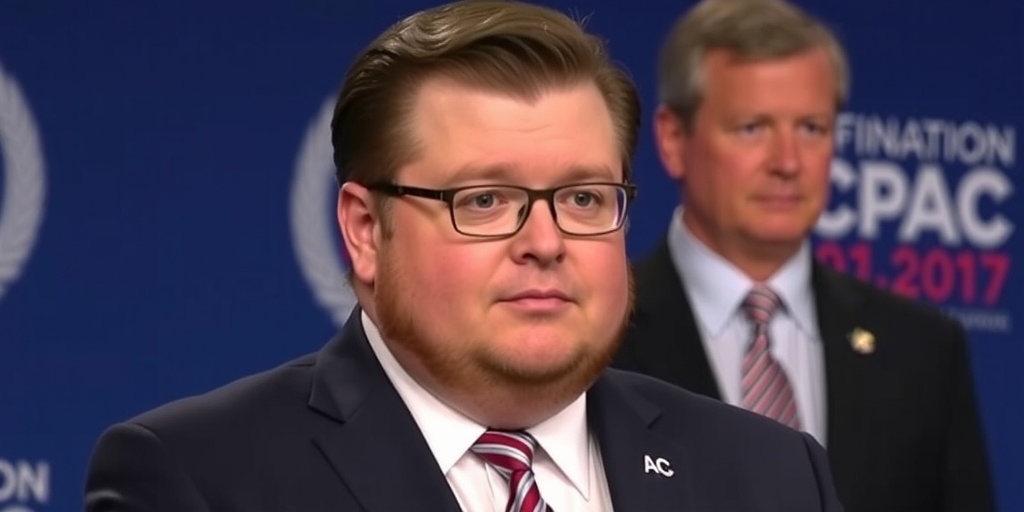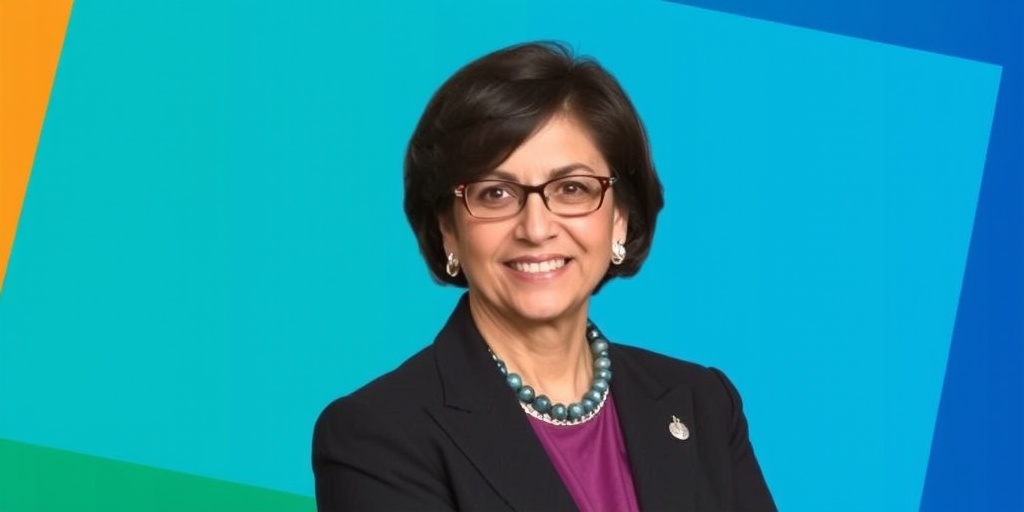Now Reading: Trump Challenges Fed’s Independence with New Executive Order
-
01
Trump Challenges Fed’s Independence with New Executive Order
Trump Challenges Fed’s Independence with New Executive Order

Concerns Mount Over Trump’s Executive Order Impacting Federal Reserve Independence
The independence of the Federal Reserve, a pillar of monetary policy in the United States, appears to be under scrutiny following an executive order signed by President Trump earlier this week. This directive aims to expand the presidential influence over independent agencies, raising alarms regarding potential encroachments on the Fed’s autonomy.
President Trump’s recent executive order specifically targets regulatory bodies that have historically operated with a degree of independence sanctioned by Congress. While the order largely preserves the Fed’s decision-making authority regarding interest rates—which are determined through a voting process involving board members appointed by the president for 14-year terms—it suggests that Trump seeks greater control over the central bank’s regulatory powers concerning Wall Street.
This order mandates that independent organizations submit proposed rule changes to the White House for approval and grants the Office of Management and Budget a supervisory role in determining the allocation of funds within these agencies. Additionally, the directive establishes that interpretations of the law by the president and the Department of Justice will be deemed binding, requiring other interpretations to gain authorization.
Critics of the order argue that its broad scope raises legal questions regarding its applicability to the Federal Reserve, particularly in light of the institution’s historical independence and the numerous protections that Congress has established to safeguard it from political interference. This move has reignited concerns that President Trump—who has demonstrated a willingness to influence the central bank’s decisions—might ultimately extend his scrutiny to the Fed’s most crucial role: monetary policy.
Graham Steele, a veteran financial regulation attorney and former Treasury Department official, expressed unease about the implications of the executive order. He remarked, "The question here is just how long it is going to take us to slide down the slippery slope when, at some point, even this exception goes away." He warns that the only limitation on President Trump’s potential further encroachments may be his own self-restraint.
The Federal Reserve’s established independence is essential for maintaining economic stability and a sound global financial system. This provision allows the central bank to implement monetary policies free from political influence, thereby ensuring its decisions are rooted in economic considerations rather than partisan agendas. To reinforce this autonomy, Congress has empowered the Fed with self-governing capabilities, including control over its budgeting and staffing, along with protections against arbitrary dismissals of its policymakers.
While Trump is not the first president to seek more influence over regulatory agencies, previous attempts by presidents like Ronald Reagan and George W. Bush were comparatively less intrusive. Trump’s latest order marks a notable departure from those precedents.
Tension between Trump and Fed Chairman Jerome Powell, whom the president appointed, has also come to light, particularly over interest rate policies. Trump has been vocal about his desire for the Fed to lower rates more aggressively, demonstrating his intention to shape monetary policy.
In defense of his order, Trump’s administration has criticized past administrations for permitting independent regulatory agencies to operate with minimal oversight from the presidency. According to the order, allowing such independence compromises accountability, asserting that officials wielding extensive executive power must be supervised by elected leaders.
Some legal scholars have cautiously supported Trump’s stance. Christina Skinner, a professor at the University of Pennsylvania and an advocate for conservative policies, views the order as a necessary adjustment to restore constitutional oversight. She argued that the agencies exist primarily to aid the president in law enforcement and policy implementation.
However, this view is met with skepticism by others who perceive the order as an alarming overreach into the realms of both the Federal Reserve and Congress. Scott Alvarez, a former Fed legal counsel, described parts of the order as a direct assault on legislative authority. He believes that Congress should express significant concern over the potential repercussions of this order, which may undermine the separation of powers.
Powell has consistently defended the Fed’s independence and emphasized the law’s protection of the institution during public appearances. He reaffirmed this position at a November summit, noting that the Fed’s autonomy is backed by bipartisan support in Congress.
Despite the Fed’s history of maintaining a policy posture separate from executive command, the recent executive order adds complexity to its operational dynamics. Kathryn Judge, a financial regulation expert, highlighted the challenges of preserving true independence if essential regulatory responsibilities are compromised. She pointed out that the boundaries of what constitutes monetary policy have never been entirely clear, citing the Fed’s aggressive interventions during crises as an example.
Jeremy Kress, a former Fed banking regulator, expressed concern over the lack of concrete justification for the distinctions drawn in the executive order between the Fed’s monetary policy and supervisory functions. He cautioned that future executive orders could easily redefine the limitations, jeopardizing the Fed’s autonomy.
Even without overtly undermining the Fed’s core functions, Alvarez noted that the executive order could indirectly impact monetary policy by limiting the resources and research capabilities necessary for informed decision-making. The latitude granted to the Office of Management and Budget could ultimately reduce support for the Fed’s critical operations, impacting its effectiveness in navigating economic challenges.
In light of these developments, regulatory experts express unease about the potential erosion of the Fed’s independence and the broader implications for the management of the nation’s monetary policy. As the interplay between executive authority and regulatory autonomy continues to evolve, the future of the Federal Reserve’s independence remains a paramount concern for economists, lawmakers, and citizens alike.
Stay Informed With the Latest & Most Important News
Previous Post
Next Post
-
 01New technology breakthrough has everyone talking right now
01New technology breakthrough has everyone talking right now -
 02Unbelievable life hack everyone needs to try today
02Unbelievable life hack everyone needs to try today -
 03Fascinating discovery found buried deep beneath the ocean
03Fascinating discovery found buried deep beneath the ocean -
 04Man invents genius device that solves everyday problems
04Man invents genius device that solves everyday problems -
 05Shocking discovery that changes what we know forever
05Shocking discovery that changes what we know forever -
 06Internet goes wild over celebrity’s unexpected fashion choice
06Internet goes wild over celebrity’s unexpected fashion choice -
 07Rare animal sighting stuns scientists and wildlife lovers
07Rare animal sighting stuns scientists and wildlife lovers





















